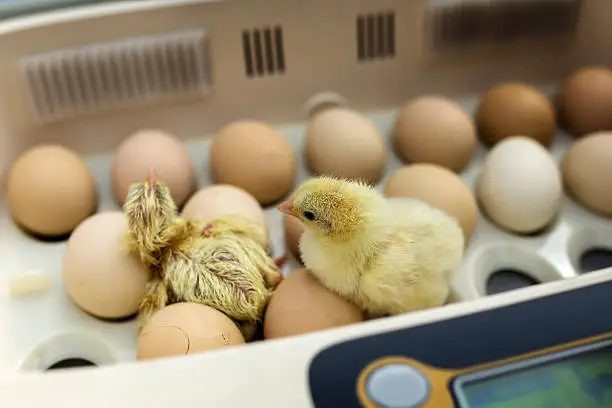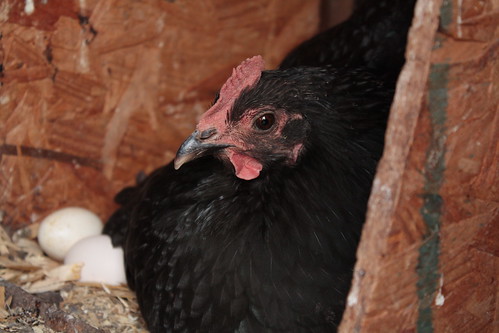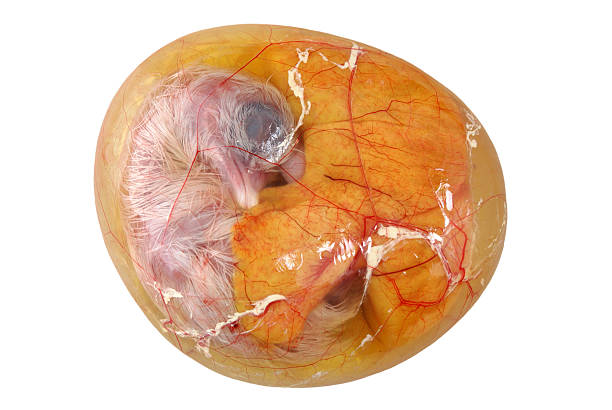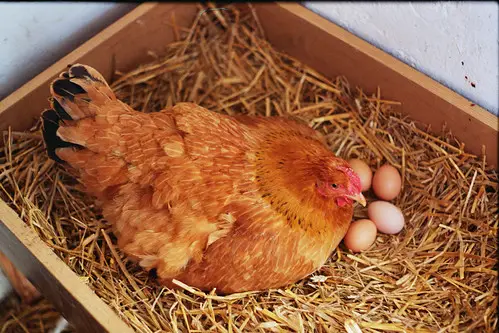Table of Contents
Incubating chicken eggs can be a great way to not only save money but to create sustainability in your own environment. It can also be a great hobby or even a source of profit and income should you choose to expand your operation. Before you start incubating chickens, you’ll want to pay close attention to the egg incubator you choose.
This will make all the difference in how you spend your time and money when incubating chicken eggs.
Selecting Your Chicken Egg Incubator
Incubators are very much like the hens that they are replacing in that they come in all different shapes and sizes. And while the task of choosing an egg incubator may seem daunting, keep in mind that there are generally two main types of egg incubators that you need to choose between: still air chicken egg incubators and forced air chicken egg incubators.
Still Air Incubators
This machine is essentially an insulated box that generally holds one layer of eggs. Through small vents which are manually operated, the air is regulated inside the incubator.
Stratification of the air occurs inside the box due to the stillness of the air resulting in a 4°F temperature difference from top to bottom inside the box meaning that the incubators will have to be run at 103°F in order to keep the eggs between 99°F and 100°F.
Forced Air Incubators
Unlike still air incubators, forced air (or forced draft) incubators use a fan to constantly move the air in order to prevent stratification and promote uniformity. This allows for a lower temperature setting to be used meaning less electricity and chance of burning or fire. In addition, since there is a uniform temperature throughout the unit, forced air incubators are able to accommodate three to four trays of eggs which are turned simply by tilting the entire tray.
Regardless of which unit you choose, the correct temperature is essential so using two thermometers to rule out faulty readings is recommended. Incubating eggs from chickens can cost as little as $50 for a Styrofoam incubator or as much as up to $1,000 for the higher-end home incubators.
Other Things You Will Need for Incubating Chicken Eggs
You can choose from a variety of features that makes incubating chicken eggs easier. The more features your incubator has, typically the more money you’ll have to pay for them. You can choose from features such:
- Turbofans
- Hand crank fans
- Automatic turning trays
In reality, there are an endless number of upgrades and modifications you can make to your incubator to completely customize it to your needs. You’ll also need a heat source, preferably with a thermostat.
Of course, you’ll need the eggs, that’s pretty much a given. But, probably most importantly, you’ll need time and patience. It takes 21 days for chicken eggs to hatch and the less money that you spend on an incubator, the more work you’ll have to put into the process. Consider an automatic egg incubator if you don’t have a lot of time.





